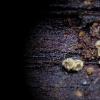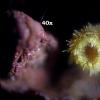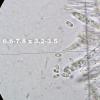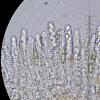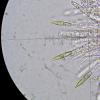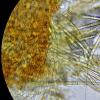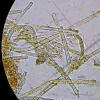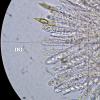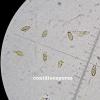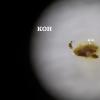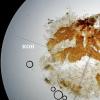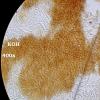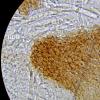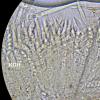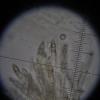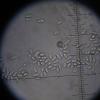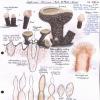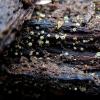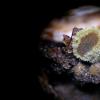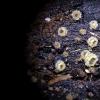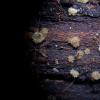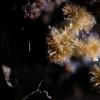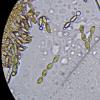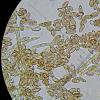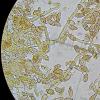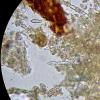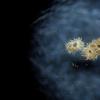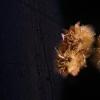
18-12-2025 21:17
Pol DebaenstThe identification took me to Byssonectria deformi

15-12-2025 07:09
 Danny Newman
Danny Newman
indet. Rutstroemiaceae sp. on unk. fallen leavesMc

19-12-2025 10:10
Patrice TANCHAUDBonjour, récolte réalisée en milieu dunaire, a

18-12-2025 17:23
 Bruno Coué
Bruno Coué
Bonjour,je serais heureux d'avoir votre avis sur c

18-12-2025 18:07
Margot en Geert VullingsThese plumes were found on rotten wood.They strong

17-12-2025 18:35
 Michel Hairaud
Michel Hairaud
Bonjour à tous/Hi to everyone I am passing along

15-12-2025 15:48
 Danny Newman
Danny Newman
Melanospora cf. lagenaria on old, rotting, fallen

15-12-2025 15:54
 Johan Boonefaes
Johan Boonefaes
Unknown anamorph found on the ground in coastal sa

15-12-2025 21:11
 Hardware Tony
Hardware Tony
Small clavate hairs, negative croziers and IKI bb
Apothecia very, very young 0,4 mm-0,5 mm above wood indeterminate (probably quercus) worked as part of a fence.
The micro is perfect with the plates DVD Baral HB_3562, HB_3864-1, HB_3864-2 and HB_7014_7015
I guess that it is correct.
Best regards
The hairs appear to be too differentiated for the Diplocarpa.
cheers

This species is presently under work by Kadri Pärtel and me. How abundant is your sample? Important would be a median section to see the excipulum, and a KOH test whether red.brown pigment extrudes upon contact with KOH.
Although Kadri gained a sequence of this species, it might be that she is interested for a further analysis.
Where did the conidia come from?
Great record! I am interested in the collection data. Also please have a closer look at the broken wood, is it obviously ring-pored (typical of Quercus)? A macrophoto of the cross-broken wood would be helpful.
Zotto
Eduard


Im Prinzip ja, ich denke die Art ist weit verbreitet, aber doch selten auftretend und nur durch Zufall zu finden.
Zotto
I would like to see if it is possible to photographs of the species, at different stages of growth, both the telemorfo and the anamorph.
Thank you all.

Did you test the separate anamorph heaps for conidia and conidiophores?
The substrate was a rotten piece of unidentified wood, the ascocarps were hidden in a crack, but the yellow anamorph accompanying it was striking (the reason for collection).
The hymenium was olive green with beige margin, outside dark brown, hairy.
Largest ascocarp 3 mm in diameter, spores 6-8,5 - 3-4 micron, apices of paraphyses fusiform and septate. Conidia in chains, about 5 x 4 micron.
I made only some microscope photos of paraphyses and spores.
Do you know the paper of Ribollet (UN ASCOMYCETE A RECHERCHER: DIPLOCARPA BLOXAMII (Berk. Ex Phill.)Seaver, Cahiers Mycologiques Nantais N° 14 - juin 2002)? The paper describes both teleomorph and accompanying anamorph.


